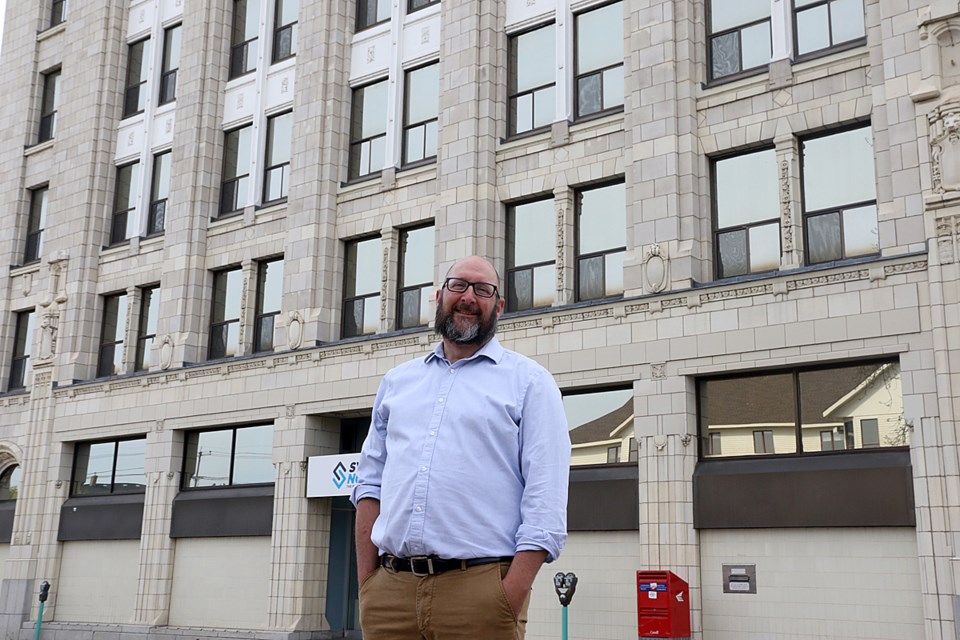THUNDER BAY – The province’s move to relax COVID-19 restrictions on July 16 is being welcomed by Thunder Bay leaders and business owners, but many warn the challenges of the pandemic will take years to untangle.
The move into Step 3 of Ontario’s reopening plan on July 16, five days earlier than expected, will see gyms, cinemas, and other venues reopen, allow large events with some restrictions, and open indoor dining, among other changes.
Mayor Bill Mauro, who has advocated for faster regional reopening as COVID-19 numbers plunged in the Northwest, said the move was welcome, if overdue, and would provide relief for many businesses.
“Thunder Bay and the people in Thunder Bay have been doing the right thing,” he said. “We know our numbers have been really, really good for quite a period of time.”
The city’s tourism manager, Paul Pepe, said even with continued capacity restrictions, the move to Step 3 is a big deal for the local economy.
“I think it starts to spell the real return of tourism events – corporate, sport, and even things like weddings, which do attract a surprising number of people to the community.”
The move will instill confidence for event planners, who had already begun contacting Tourism Thunder Bay in greater numbers over recent weeks, he said.
It marks the beginning of recovery from the pandemic, he believes – but he emphasized that won’t be a quick or easy process for many businesses.
“We anticipate full recovery is going to take us about two years,” he said. “It’s not going to happen overnight, and we have to be mindful of that and set that expectation… but I think it’s moving in the right direction, and I hope we exceed that time frame.”
That message is personal for Tony Muia, owner of Serenity Salon and Wellness.
He’s “delighted” at the greater reopening, which will allow for services that require removal of face masks and increase capacity from 25 per cent to the number of customers who can maintain two metres of distancing.
But he sees a long road to recovery ahead, complicated by staff shortages brought on by the pandemic.
Across Ontario, the industry has lost hundreds of hairstylists and estheticians, he said, with two of his own employees recently leaving to pursue a career in nursing.
That leaves Serenity unable to take advantage of the added capacity to book more customers, he reported, with those looking to book appointments likely waiting until mid-August.
“It’s going to be a major uphill battle,” he said. “We just don’t have enough staff to serve people.”
He expects it will be another year before he can again draw a salary from his business – something he already hasn’t done in over a year.
“I hope the government doesn’t think that just because we’re going into Step 3, we can close the book on supporting small business,” he said, calling for governments to convert pandemic loans to non-repayable grants.
Jenn Bisignano, owner of PUSH Fitness, was thrilled to welcome customers back next week, but said the challenges ahead loom large.
PUSH has been closed for 317 days over the course of the pandemic, she calculates, most recently since February. That leaves her essentially starting over financially after years of operating the business, she said.
“It’s heartbreaking,” she said. “Of course I’m excited to open my doors and see people again… but it’s not that feeling of elation.”
Financial assistance from government has helped, she said, but for businesses subject to longer closures, it falls short of relief.
“It would have been a far more dire situation had it not been for the provincial grants,” she said. “But they’re no match for the lost revenue.”
She shared concerns over an ability to bring back trainers and other staff who might have made other arrangements during closures.
“We still have a ways to go for true recovery,” Pepe said, but the tourism manager pointed to encouraging signs of a return of tourists and events to the region.
“We’re already seeing a huge increase at the Terry Fox visitor centre from last summer,” he said. “Canadians are moving around.”
The Northern Ontario Disc Golf Tournament is expected to draw up to 200 players to Thunder Bay at the end of July, he noted, while other big events like Wake the Giant also plan to go ahead. His agency is also starting to hear from other sports groups about booking fall and winter events.
“The next big thing is getting the American border open to fully vaccinated U.S. and international travellers,” Pepe said.
Travellers from the U.S. make up about 33 per cent of Thunder Bay’s tourism market, and up to 90 per cent of the clientele for northern fishing and hunting lodges, he said.
“Those lodges spend a lot of money in Thunder Bay, in the retail and culinary supply chain here,” he said. “We may not see it because it’s out there in the region, but it has a big impact on us.”
Reopening will affect non-profit agencies as well. Peter Panetta, who operates the Underground Gym youth centre, said it was “long overdue” to allow kids to once again use the fitness equipment there.
“That’s a very integral part of our program for kids’ mental [health], to just have some positive outlet,” he said, while noting the organization largely focuses on outdoor excursions over the summer.



